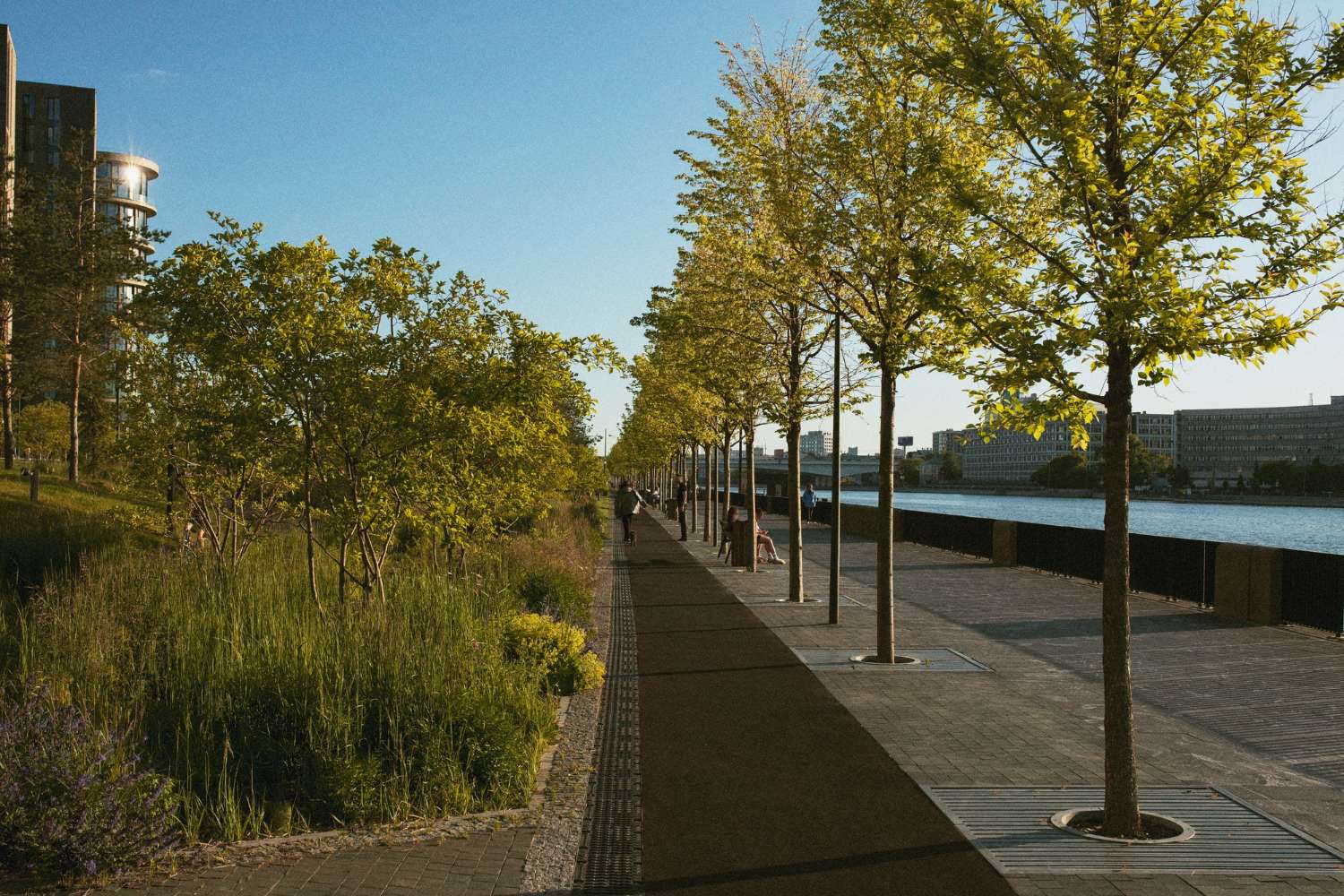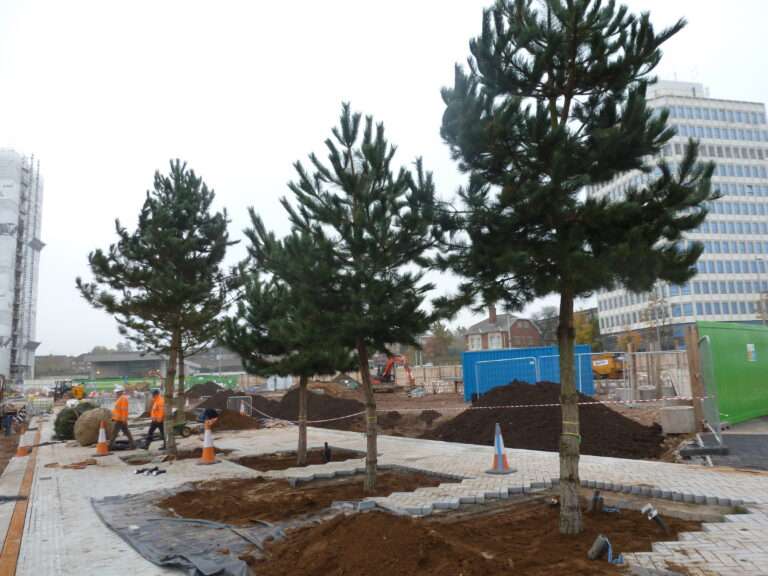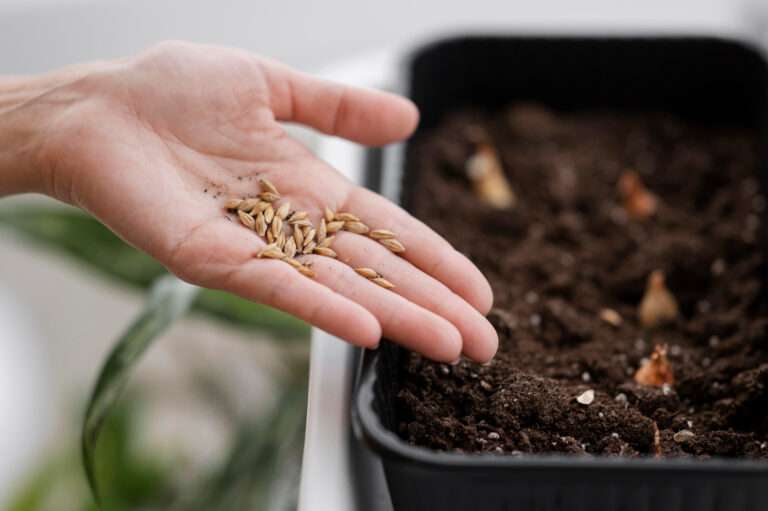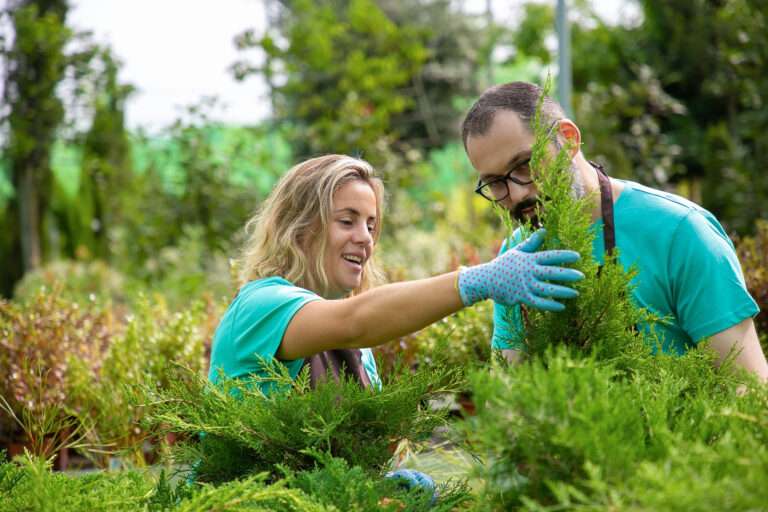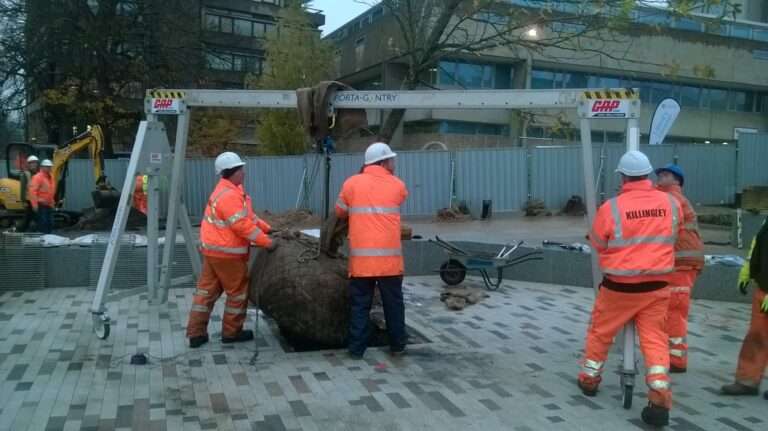Sustainable Tree Pit Designs: Greener Solutions for Long-Lasting Urban Landscapes
Tree pits are no longer just functional cut-outs in pavements — they’re a vital part of how we make our cities more liveable, breathable and future-ready. But not all tree pits are created equal. Poorly designed pits can lead to stunted trees, cracked paving, drainage problems, and long-term maintenance costs.
That’s where sustainable tree pit design comes in. Combining durability with environmental responsibility, these pits offer a smarter, greener way to integrate nature into busy built environments — without compromising on performance or aesthetics.
In this article, we’ll explore what makes a tree pit truly sustainable, how to implement best practices, and why it matters now more than ever.
Why Sustainability Matters in Tree Pit Design
In dense urban areas, the pressure on green infrastructure is increasing. Street trees must survive harsh conditions — compacted soil, vehicle pollution, foot traffic, and limited rooting space. Sustainable tree pit designs actively support tree health while reducing long-term costs and environmental impact.
Key sustainability goals include:
- 🌱 Supporting tree longevity
- 💧 Managing stormwater through natural infiltration
- 🌍 Reducing carbon footprint in construction and materials
- 🐞 Encouraging biodiversity and soil health
- ♻️ Minimising maintenance through durable systems
What Makes a Tree Pit Sustainable?
The key to a sustainable tree pit lies in design, materials, and maintenance. It’s not just about digging a hole and planting a tree — it’s a system that supports healthy growth over decades.
| Component | Sustainable Feature |
|---|---|
| Root-Friendly Soil | Encourages deep root growth and good drainage, using low-compaction or structural soils |
| Drainage Systems | Allows excess water to percolate naturally, supporting SuDS principles |
| Recycled Materials | Tree grilles, guards, and liners made from recycled metals or plastics |
| Root Management | Use of root directors to prevent damage to pavements and underground utilities |
| Water Retention Aids | Incorporates slow-release irrigation or water-absorbent gel crystals |
| Biodiversity Support | Pit top dressing with mulch or wildflower planting to support insects and fungi |
The Benefits of Sustainable Tree Pits
Below is a visual summary of the advantages sustainable tree pit designs bring to urban developments:
🌳 Longer-Living Trees
By using breathable soils, better drainage and root management systems, trees live longer and grow healthier.
💧 Natural Stormwater Control
Tree pits act as part of a SuDS network, reducing surface water runoff and preventing flooding in hard-paved areas.
♻️ Low Maintenance
Durable materials and proper planning reduce the need for costly interventions or repairs.
🛣️ Reduced Infrastructure Damage
Root barriers and soil containment systems stop pavement uplift and costly reinstatement work.
🐝 Urban Biodiversity
Pits designed with pollinator plants, mulches or permeable covers provide habitats for bees, beetles, and soil organisms.
🌿 Visual Appeal
A well-designed tree pit enhances the look of public areas and commercial zones, encouraging footfall and dwell time.
Frequently Asked Questions
What’s the ideal depth for a sustainable tree pit?
Typically, a tree pit should be at least 1m deep, but for larger trees or high-traffic areas, 1.2–1.5m is preferable. Depth must support rootball size, drainage layers, and sub-base protection.
Can a tree pit help with flood prevention?
Yes — especially when designed as part of a Sustainable Drainage System (SuDS). Tree pits help slow the flow of rainwater, filter pollutants, and reduce pressure on the main drainage network.
Do sustainable tree pits cost more to install?
Initial costs can be slightly higher due to engineered soils or drainage solutions. However, long-term savings on tree replacement, pavement repairs and watering can outweigh this investment within a few years.
What trees work best in urban tree pits?
Resilient, non-invasive species such as Acer campestre (Field Maple), Tilia cordata (Small-Leaved Lime), or Ginkgo biloba are often used. However, species selection should match the local soil, light, and available rooting space.
Best Practices for Sustainable Tree Pit Design
Here’s how to futureproof your urban greenery with smart, sustainable design:
| Best Practice | Why It Matters |
|---|---|
| Use load-bearing soil cells | Prevents compaction while supporting surrounding surfaces |
| Include passive irrigation features | Reduces the need for regular manual watering |
| Install root barriers or directors | Guides roots downward and away from paving or services |
| Choose locally sourced, native trees | Adapts better to the climate and supports local ecosystems |
| Add mulch or decorative gravel top layer | Retains moisture, prevents weeds, and improves aesthetics |
| Plan for expansion | Design pits to allow for future root and canopy growth |
From Design to Installation: What to Consider
A successful sustainable tree pit doesn’t begin with planting. It starts at the design stage. Consider these steps:
- Site assessment: Check for utilities, existing pavement conditions, and traffic load.
- Soil specification: Use a loamy, free-draining soil mixed with organic matter or structural cells.
- Drainage design: Avoid pits that trap water — consider sub-base channels or lateral drainage.
- Surface treatment: Use permeable grilles, tree guards, or resin-bound gravel for access and protection.
- Maintenance planning: Schedule watering, inspection, and pruning within your landscape management plan.
You can find further installation insights on our Tree Pit Construction page.
Real-World Applications
Sustainable tree pits are now being used across:
🌆 High streets and town centres
🏫 School grounds and campuses
🏢 Business parks and commercial plazas
🚗 Car parks and retail developments
🚶 Pavements, courtyards and pedestrian zones
The consistency of design, visual impact and measurable environmental benefits make them an obvious choice for forward-thinking councils and developers.
Conclusion: Build Greener Streets with Smarter Tree Pits
Sustainable tree pit designs go far beyond function. They’re an investment in a greener future — one where nature is woven into the urban fabric rather than boxed in by it. By choosing systems that support tree health, control runoff, and boost biodiversity, we’re not just planting trees — we’re creating more resilient, attractive and environmentally responsible places for people to live and work.
Killingley Insights is the editorial voice of NT Killingley Ltd, drawing on decades of experience in landscaping, environmental enhancements, and civil engineering projects across the UK.


